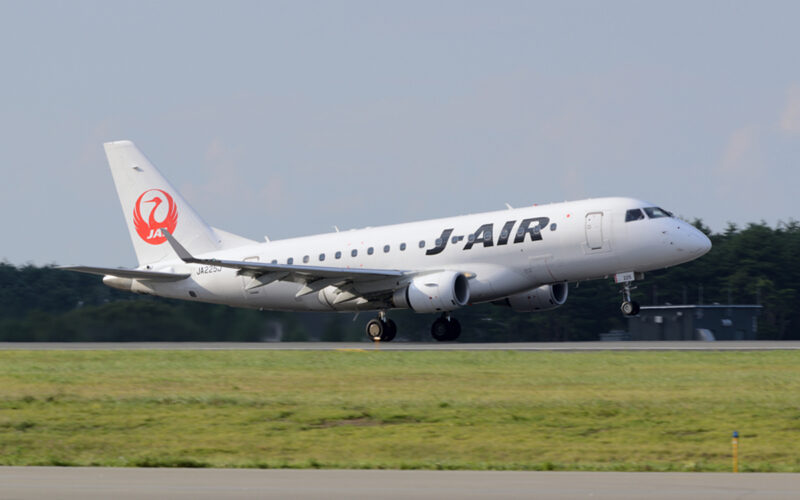A bomb dating back to the Second World War exploded on a taxiway at a Japanese Airport narrowly avoiding a Japan Airlines aircraft that had taxied past just minutes beforehand. The wartime-era bomb spontaneously exploded on a taxiway at Miyazaki Bougainvillea Airport (KMI) in southwest Japan, shutting the airport and causing the diversion of around 90 inbound and outbound flights.
The explosive device, also known as a dud shell, exploded shortly before 08:00 local time on October 2, 2024. The detonation resulted in a 7m (23ft) crater at the edge of the airport’s main taxiway that leads to its single runway. The airport authority later confirmed that there were no injuries suffered and that there were no aircraft damaged by the explosion, although a Japan Airlines flight had used the taxiways just minutes before the bomb exploded.
The explosion caused sections of the taxiway’s asphalt surface to be spread across a wide area reported to have a radius of around 200 meters (660ft) including onto the adjacent runway, the authorities said. A video recorded by a camera mounted at one of the airport’s flying schools captured the moment that the 250kg (550lbs) bomb exploded, firing fragments of the taxiway and other debris into the air.
An on-site investigation carried out by a bomb disposal team from Japan’s Ground Self-Defence Force found the explosion had been caused by a US bomb that most likely had been buried beneath the ground surface following a raid by US forces during the Second World War. The airport, located on Kyushu Island, was used by the Imperial Japanese Navy as a forward operating base until the end of the Second World War. It became known as the place where hundreds of young Japanese airmen departed on their final deadly suicide missions against US targets known as ‘kamikaze’ flights.
The airport fire service was first at the scene following the explosion at 07:59 following a report from the air traffic controllers at the airport that smoke had been observed in the vicinity of the taxiway. Having arrived at the location to find the debris and damage, airport personnel were instructed to evacuate the area, and the airfield was immediately closed to aircraft operations.
The airport’s shutdown led to around 87 domestic flights being affected, operated by Japan Airlines and All Nippon Airways. A local government spokesperson later announced that “there was no danger of further explosions.” According to NHK World, at least four flights had already used the taxiway on the morning of the explosion, with a Japan Airlines flight with 93 passengers and crew onboard having passed by the bomb site just a few minutes before the detonation.
After repairs that lasted overnight following the explosion, the airport reopened on the morning of October 3, 2024, with the departure of Japan Airlines flight JL3520 heading to Fukuoka Airport (FUK) at 07:40 local time, operated by an Embraer ERJ-170 regional jet.
Local media have since reported that unexploded ordnance has previously been found at or near the airport in the past. However, investigators will be keen to understand why this particular bomb, having laid inert for more than 80 years, should detonate now and what might have triggered the explosion. According to Reuters, a total of 2,348 bombs weighing 37.5 tons were disposed of across Japan during the 2023 fiscal year.

